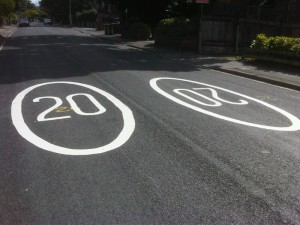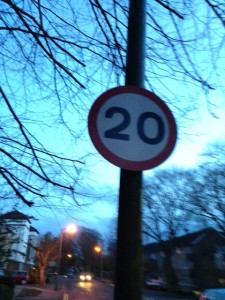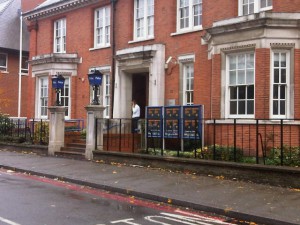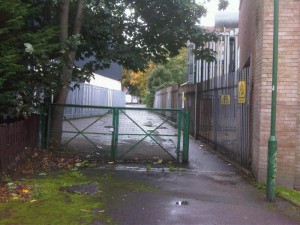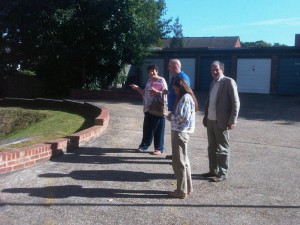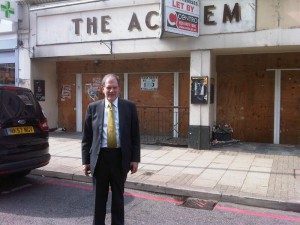
A resident has been served with Sutton’s first ‘Acceptable Behaviour Contract’ for the alarm and distress caused to her neighbours by her dogs.
The 24-year-old female dog owner, who lives in a block of flats in Langley Park Road, Sutton, allowed her two Staffordshire Bull Terriers called ‘Roxy’ and ‘Governor’ to:
- Run out of control off the lead
- Jump up and intimidate residents
- Carry on barking for long periods
In addition, she also repeatedly failed to clear up after her pets.
Police decided to take formal action following an incident on Friday 30th March when her dogs ran out of their home in pursuit of a man making a delivery in Langley Park Road. The man was forced to run and jump onto a vehicle to avoid being bitten.
As a result the resident was sent a letter on the 13th April advising that this incident had come to the attention of police. A second letter was sent on 2nd July after her dogs had continued to behave in an unacceptable way.
This second letter included an Acceptable Behaviour Contract – a voluntary agreement between the resident and Sutton Council, the Met Police in Sutton and London and Quadrant Housing Trust – the resident’s landlord.
The contract only named one of her dogs – Governor – as she had given up Roxy at around this time. The conditions in the agreement include:
- The dog being kept on a lead no longer than three metres in a public place including Langley Park Road, public footpaths and roads within Sutton borough
- Clearing up after her dog
- Regularly exercising her dog
Failure to comply with the agreement may result in an Anti-Social Behaviour Order being obtained to stop the resident causing harassment, alarm or distress and the tenancy agreement being reviewed and even revoked.
The action is part of borough’s Local Environmental Awareness of Dogs (LEAD) initiative to make owners of all breeds of dog aware of their responsibilities to their pet and the wider community.
Since August 2011 a total of 27 letters have been sent to residents whose dogs have come to the notice of police.
PC Heath Keogh, of Sutton Police station, who is co-ordinating the LEAD initiative for the borough, said: “Whilst we want to work with residents to reduce the nuisance and concerns caused by their pets, we are equally determined that we will take whatever action we need to make sure that this happens in reality.
“The bottom line for Sutton residents is a breach of an ASBO which could result in five years jail or a fine or both, and a possession order leading to a tenant’s eviction, for those in rented accommodation.”
The LEAD initiative was prompted by the fatal dog attack in Demesne Road, Wallington, on 23 December 2010, when a 52-year-old woman died after being attacked by a dog.

